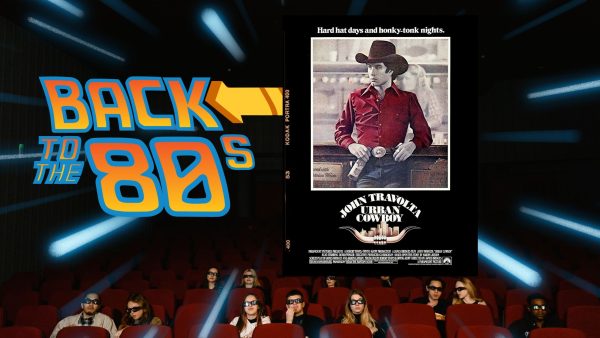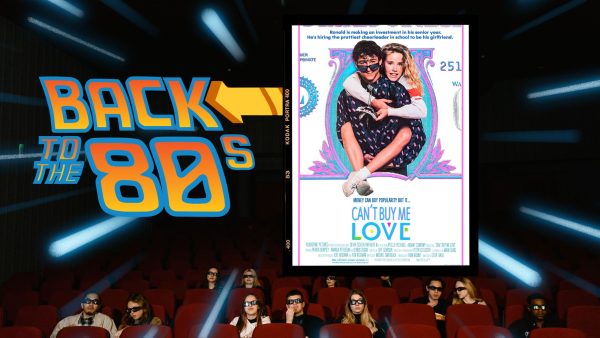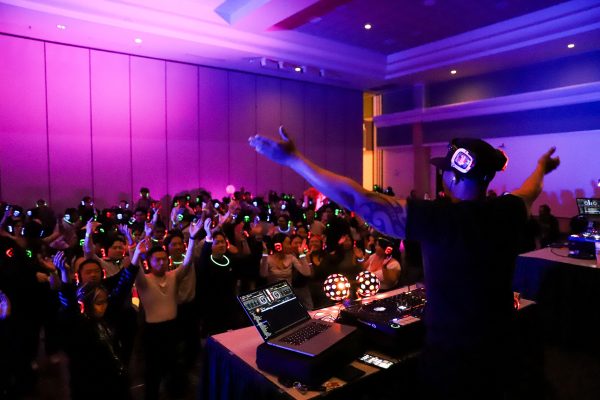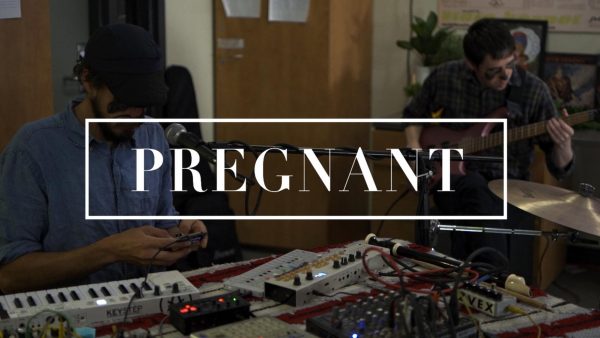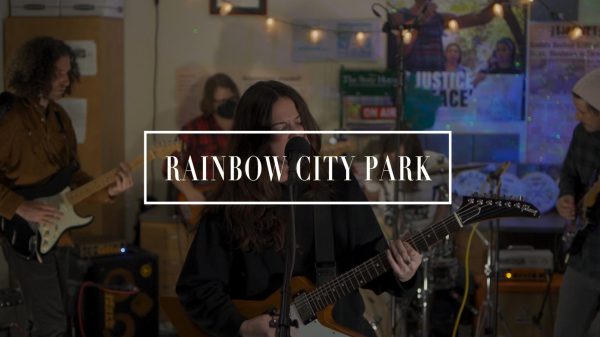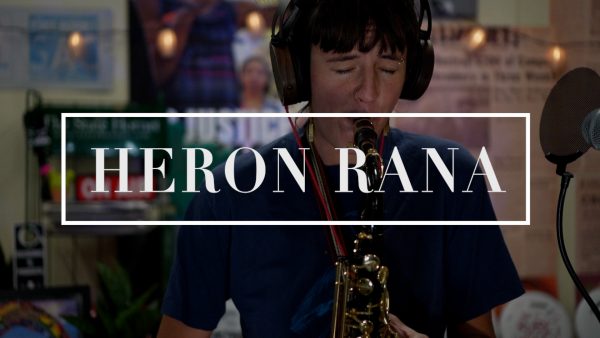Nothing special about 3-D
October 24, 2012
Whenever a big-budget movie comes out in theaters these days, the 3-D version is likely to be right there with it ready to smack us in the face.
As much as we like wearing those cool nerd glasses for a few extra bucks, the sad truth is 3-D effects are usually a huge rip-off and ruin the look of a lot of movies.
There are two choices at the box office today: Buy the already expensive 2-D ticket of $10.50 or upgrade to the even more expensive 3-D ticket of $14. 3-D matinee shows are a little cheaper at $11.50, but that still makes a noticeable dent in your wallet.
Most theaters tend to charge about the same high amount for 3-D in general, but this is what Century Stadium 14 tickets go for on the weekends.
Century Theaters employee Dante Esparzo said he felt ticket prices were fair but had seen people get frustrated about paying.
“They’re releasing a lot of old Disney movies in 3-D now. Kids want to see them and parents have to pay for it. They get upset sometimes,” Esparzo said. “I’m glad we have the option of offering 2-D as well.”
Although 3-D is becoming extremely common in entertainment, there is a chance of it losing popularity in the near future. According to a list on boxofficemojo.com, around 40 films are going to be released in 3-D this year compared to the 45 films in 2011.
Hollywood may have slowed down its splurge for now, but the output of 3-D movies will probably get more consistent over time if people keep paying for them. Either way, the whole effort is pointless if customers aren’t satisfied across the board. Sacramento State public relations major Rebecca Peters didn’t seem to think they were all that great.
“[3-D] makes my head hurt,” Peters said. “I think they’re trying to make every movie they can into 3-D when they don’t need to.”
After the success of “Avatar” in 2010, studio executives probably decided 3-D would be the new gimmick to bring in tons of revenue. Luckily, that hasn’t been working to their advantage because of diminishing sales.
The Motion Picture Association of America’s official website, mpaa.org, shows 3-D tickets accounted for 18 percent of 2011’s $10.2 billion profit at the box office as opposed to 2010’s 21percent influence on a $10.6 billion profit.
In other words, the numbers dropped. Hopefully this means people are starting to get a clue about the overuse of this “sophisticated” technology.
Besides costing way too much, 3-D typically doesn’t do anything aesthetically for a movie. Unless one was specifically filmed for 3-D purposes, audiences are oftentimes left wondering what they paid so much to see.
“Frankenweenie,” for instance, can now be watched in 2-D or 3-D at Century. I recently saw it in 3-D to find out if the effects improved the visual experience. They didn’t.
“Frankenweenie” appeared no different than any other stop-motion animated film I’d seen. There was one pop-out moment I clearly remember with a cat hissing at the camera, but it was quite underwhelming to say the least.
The glasses did not make this viewing any more special than it would have been in 2-D. I admit there was a fun story to follow; however, I had wasted my money in trying to find 3-D magic.
The same can be said for countless other films edited to be seen in 3-D. The entire “Toy Story” trilogy was rendered recently, and while I only saw “Toy Story 3,” I can testify nothing memorable happened in the third dimension.
“Harry Potter and the Deathly Hallows – Part 2” was also converted to 3-D. The audience got some lightning thrown at them during the final showdown between Voldemort and Harry and that’s about it. The point is we’re paying $14 for a couple of mediocre 3-D scenes while the rest of the picture is shown in regular 2-D. Clearly moviegoers are getting the short end of the stick here.
Furthermore, the glasses themselves are kind of distracting and make you snap out of movie-mode every 20-30 seconds. I constantly found myself noticing the frames while watching “Frankenweenie” and realized there was an annoying glare dimming the screen all the way through.
While I do think some movies can pull off the 3-D effect very well – such as “Avatar” – too many of them can’t.
3-D should be used to immerse an audience into a scene, a character or an action. It has to be subtle and graceful, not exploited and thrown in our faces every five minutes. This is why the 3-D hype has to stop. I’d rather see it done well once in a blue moon instead of having disappointing 3-D attempts constantly bombard the cinema.
Films like “Avatar” and “Prometheus” set the standard. If you watch these in 3-D, you’ll find the technique is employed to establish an atmosphere rather than produce cheap thrills. This is how 3-D should be approached – with a mind for creative set-up to deliver a stimulating execution.
I think 3-D can be powerful if used right, but as of now, it is being so abused that I really can’t stand to see another 3-D movie for a long time. I only wish studios would be more selective in what they choose to make 3-D as opposed to trying to make a profit on every other movie coming out.
Fabian can be reached at: [email protected]




































































































































